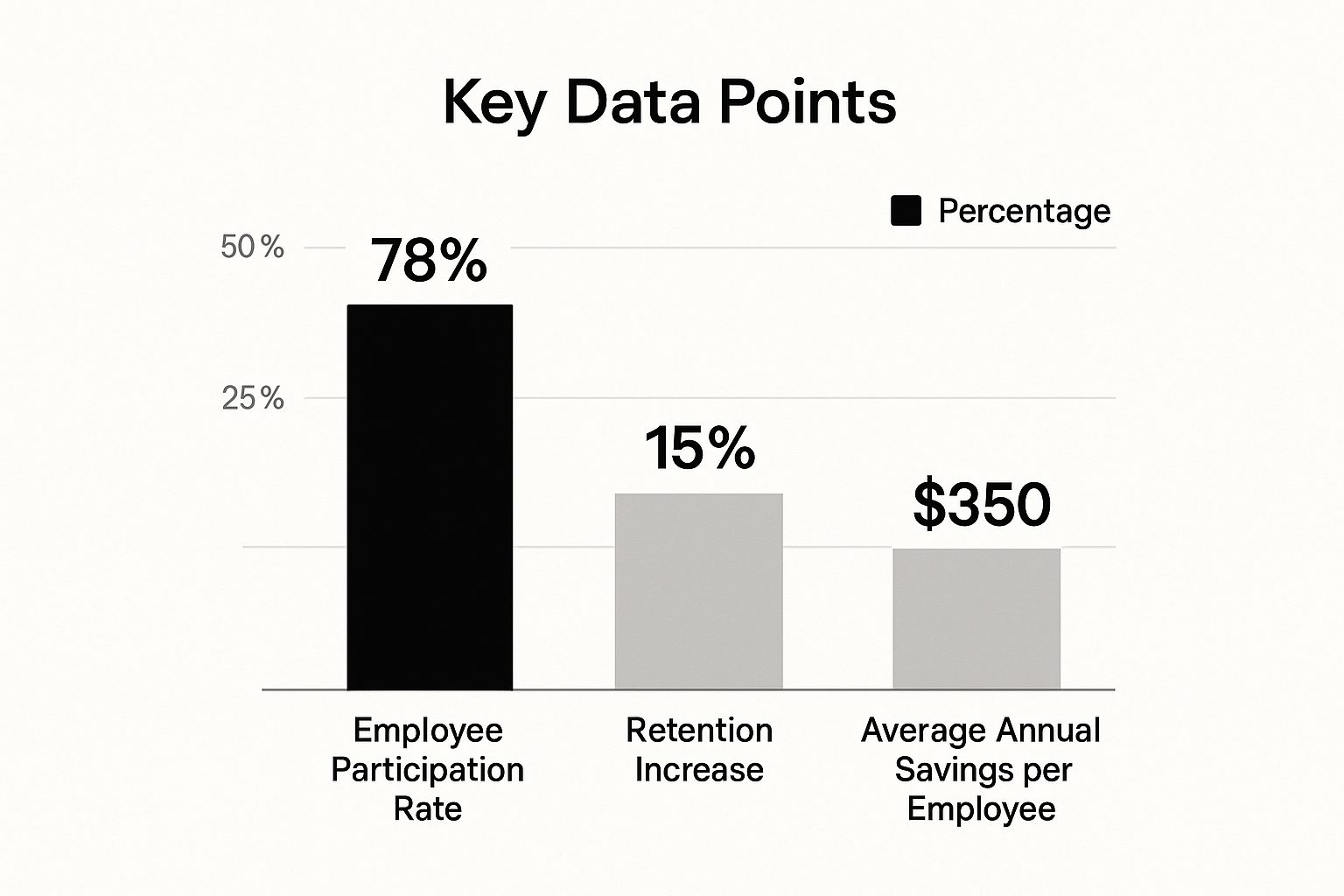India’s employment landscape is changing. Smart companies are adapting by enhancing their employee offerings. While statutory benefits like Provident Fund (PF) and Employee State Insurance (ESI) remain crucial, they’re no longer sufficient. The key to standing out in today’s competitive market? Voluntary benefits that truly connect with the modern Indian workforce.
These benefits cater to the changing needs and priorities of employees, leading to a more engaged and productive team. It’s about understanding what employees value, whether it’s professional growth, work-life balance, or something else entirely.
This shift is fueled by the need to attract and retain top talent. Traditional benefit packages, while essential for basic security, often miss the mark in meeting the diverse needs of today’s employees.
Younger generations might prioritize professional development over retirement plans. Working parents may value childcare assistance. This requires a more strategic approach to benefits, offering a variety of options that cater to different demographics and life stages.
While statutory benefits like PF and ESI provide a safety net, voluntary benefits are becoming increasingly vital for attracting and retaining top talent. Organizations are now focusing on benefits such as flexible work arrangements, career development, and additional perks to enhance employee satisfaction and engagement.
Even with workforce engagement declining to 19% in 2025, as reported by ADP, offering voluntary benefits can greatly improve employee morale and productivity. This fosters a sense of value and empowerment within the workforce. Learn more about these trends here.
The Growing Importance of Personalized Benefits
Forward-thinking companies are moving beyond a one-size-fits-all approach. They understand that employee motivations vary. This has sparked a rise in personalized benefit options, allowing employees to select the perks that best fit their individual needs and preferences.
This personalized approach not only boosts employee satisfaction but also strengthens the employer brand, making the company more desirable to potential hires. It shows employees that their individual needs are valued and recognized.
Impact on Employer Branding and Talent Acquisition
Voluntary benefits are key to shaping a company’s employer brand. Offering attractive and relevant perks helps organizations stand out from competitors and become employers of choice.
This is especially important in today’s competitive talent market. Attracting and retaining skilled employees is a top priority. Voluntary benefits are becoming an essential tool for companies aiming to attract, retain, and empower their workforce in the dynamic Indian job market.
 />
/>









